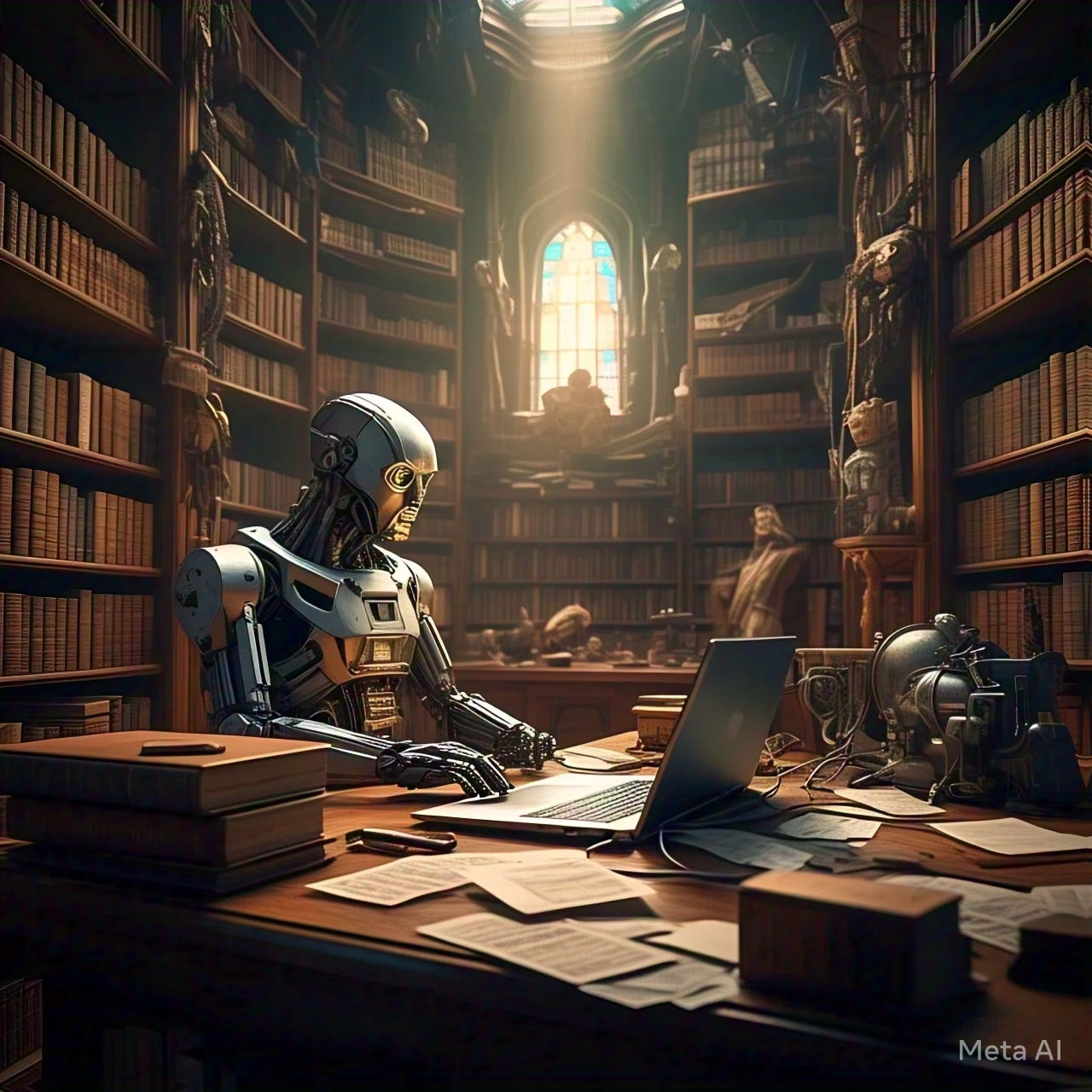OpenAI Unveils A New ChatGPT Agent For ‘Deep Research’ Analysis And Reporting
Utilizing the upcoming 03 model, Deep Research analyses vast amounts of data to provide comprehensive reports, initially available to ChatGPT Pro users with plans to extend to other tiers soon.
OpenAI is announcing a new AI Agent designed to help people conduct in-depth, complex research using ChatGPT, the company’s AI-powered chatbot platform. Appropriately enough, it’s called deep research.
OpenAI said in a blog post published Sunday that this new capability was designed for people who do intensive knowledge work in areas like finance, scienc…
Keep reading with a 7-day free trial
Subscribe to Neural News Network to keep reading this post and get 7 days of free access to the full post archives.

